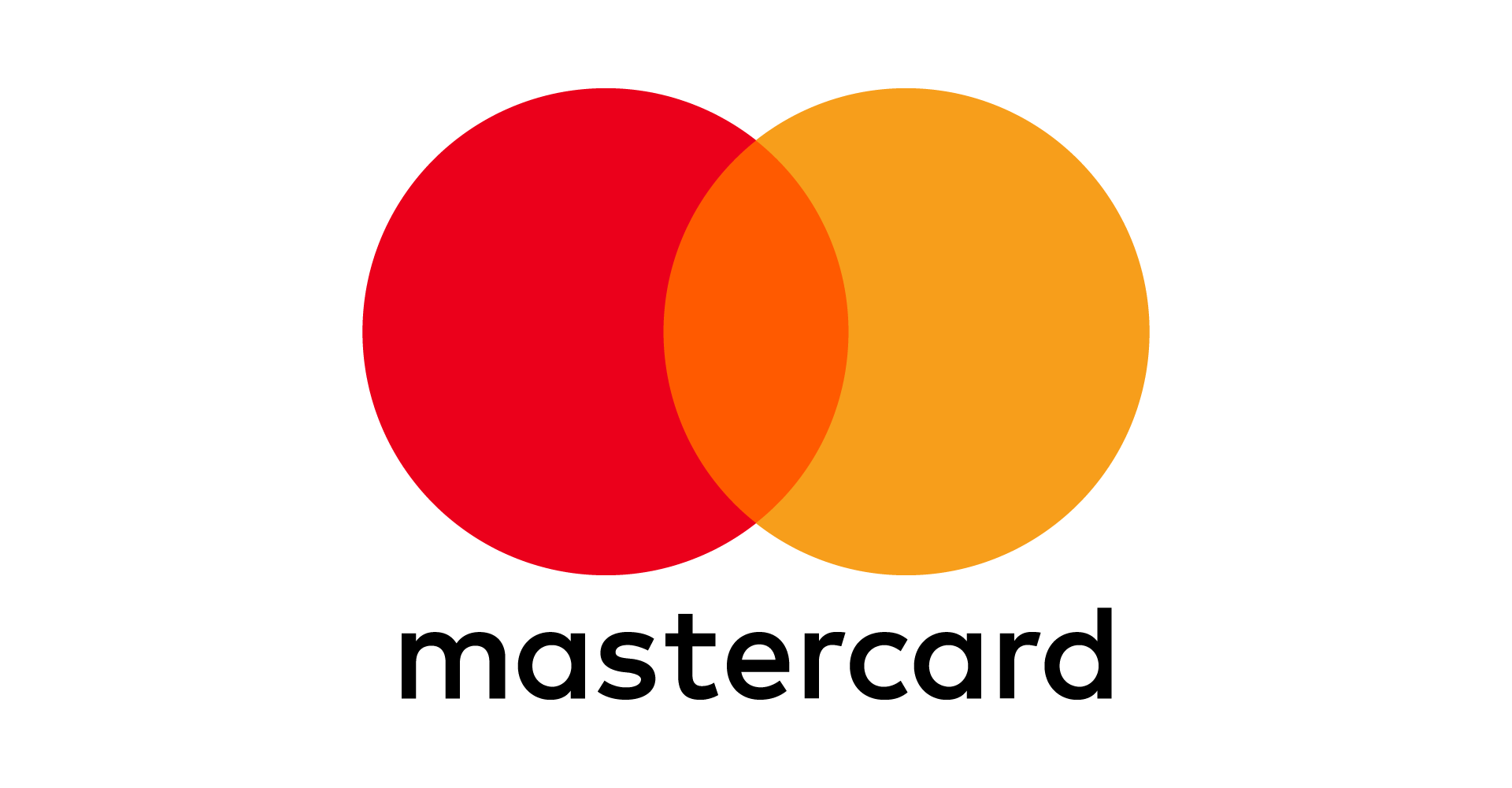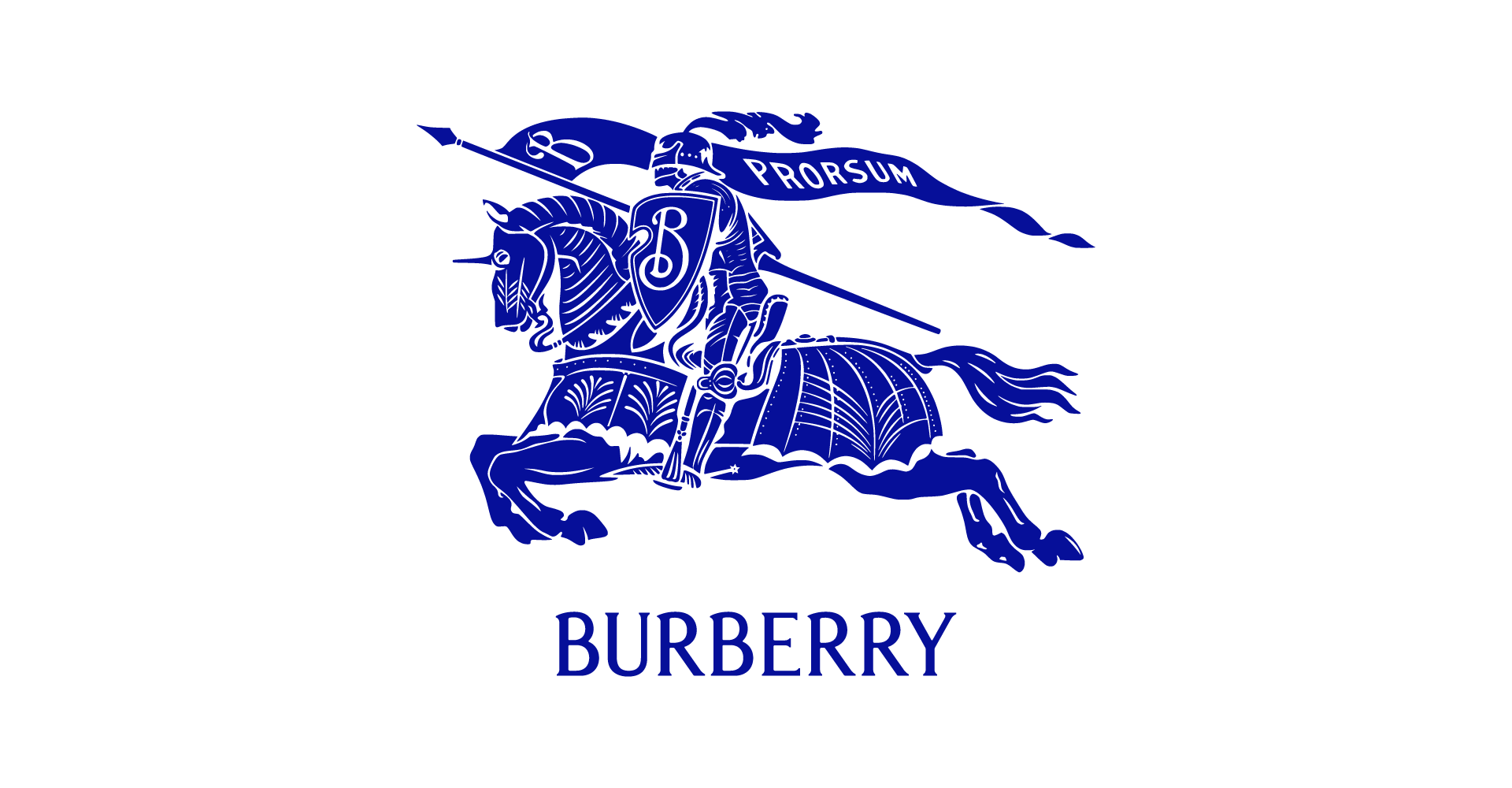Brands, like living organisms, need to evolve in order to survive. Just as we update our wardrobes, refresh our homes or even adjust our personal goals over time, brands need periodic revitalisation to stay relevant and engaging. This process is known as a brand refresh – and knowing when to initiate one can make the difference between thriving in a competitive marketplace or fading quietly into the background.
What is a brand refresh?
A brand refresh is a strategic update to elements of your brand – such as your logo, colour palette, messaging or tone of voice – without completely overhauling the brand’s core identity. Think of it as giving your brand a haircut rather than a full cosmetic operation. It’s about refocusing, not reinventing.
Unlike a full rebrand, which often involves a fundamental change in brand positioning, purpose or values, a refresh keeps the essence of the brand intact while modernising the way it looks and feels. It’s the difference between redecorating your living room and tearing down and rebuilding the whole house.
Why and when is a brand refresh necessary?
Several factors can signal that it’s time for a brand refresh:
1. Your visual identity feels outdated
Design trends evolve. A logo that looked fresh in 2012 may now look clunky or overly complex. If your visual elements no longer resonate with modern audiences, a refresh can bring your brand back in line with today’s expectations.
Example: Mastercard’s 2016 update kept its iconic overlapping circles, but modernised the typography and presentation to feel lighter and more digital-friendly.

2. You’re expanding to new markets
When entering new regions or industries, your existing branding might not translate well culturally or strategically. A refresh can adapt your look and messaging to better connect with diverse audiences without losing brand consistency.
3. Your audience has changed
Brands often evolve with their customers. If your audience’s demographics, behaviours or values have changed, your brand needs to reflect those changes to maintain emotional relevance.
Example: Instagram’s 2016 brand refresh aligned with its transformation from a simple photo app to a vibrant global community of creators by introducing a bold, gradient logo.

4. Your brand feels inconsistent
As businesses grow, marketing materials and brand assets can sometimes drift apart. If you notice inconsistencies in how your brand appears across platforms and communications, a refresh can bring cohesion and clarity back.
5. You’ve updated your mission or vision
If a company’s mission is evolving – perhaps towards greater sustainability, innovation or inclusivity – the brand needs to reflect these new priorities to build trust and authenticity.
6. You’re facing stiff competition
If your competitors are modernising their brands while yours remains static, you risk appearing irrelevant. A refresh can help you reposition your brand as a leader without losing the trust you’ve built up over time.
7. Your sales are falling
A noticeable drop in sales or customer engagement can be a red flag that your brand is no longer connecting with your market as it once did. Sometimes it’s not the product or service that’s the problem – it’s how the brand is perceived. A strategic refresh can help reposition your brand, attract new audiences and reignite loyalty with existing customers.
Case in point: After a period of stagnation, Burberry undertook a major brand refresh in the mid-2000s, updating its image to appeal to a younger, more global audience – and successfully turned around its fortunes.

What a brand refresh achieves
- Relevance: Ensures the brand stays modern and connected to today’s audience.
- Consistency: Harmonizes all touchpoints under a unified visual and verbal identity.
- Energy: Reinvigorates internal teams and external stakeholders alike.
- Differentiation: Helps the brand stand out in an increasingly crowded marketplace.
Final thoughts
A brand refresh is not about abandoning who you are – it’s about honouring your heritage while embracing the future. It’s an act of renewal, much like turning over the soil in a garden to prepare it for a new season of growth.
At Admind, we believe that a well-executed brand refresh can powerfully realign organisations with their audiences, values and ambitions – responsibly and consciously. By reading the signs, brands can be proactive and thrive in the evolving business landscape.

